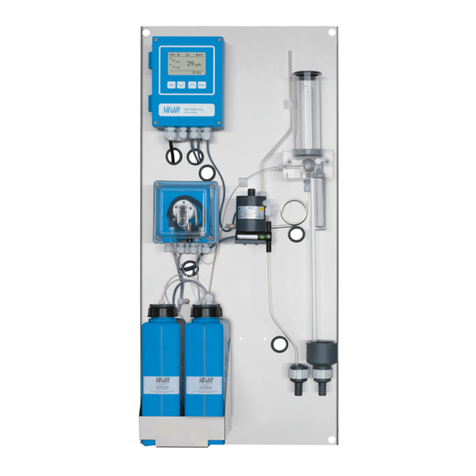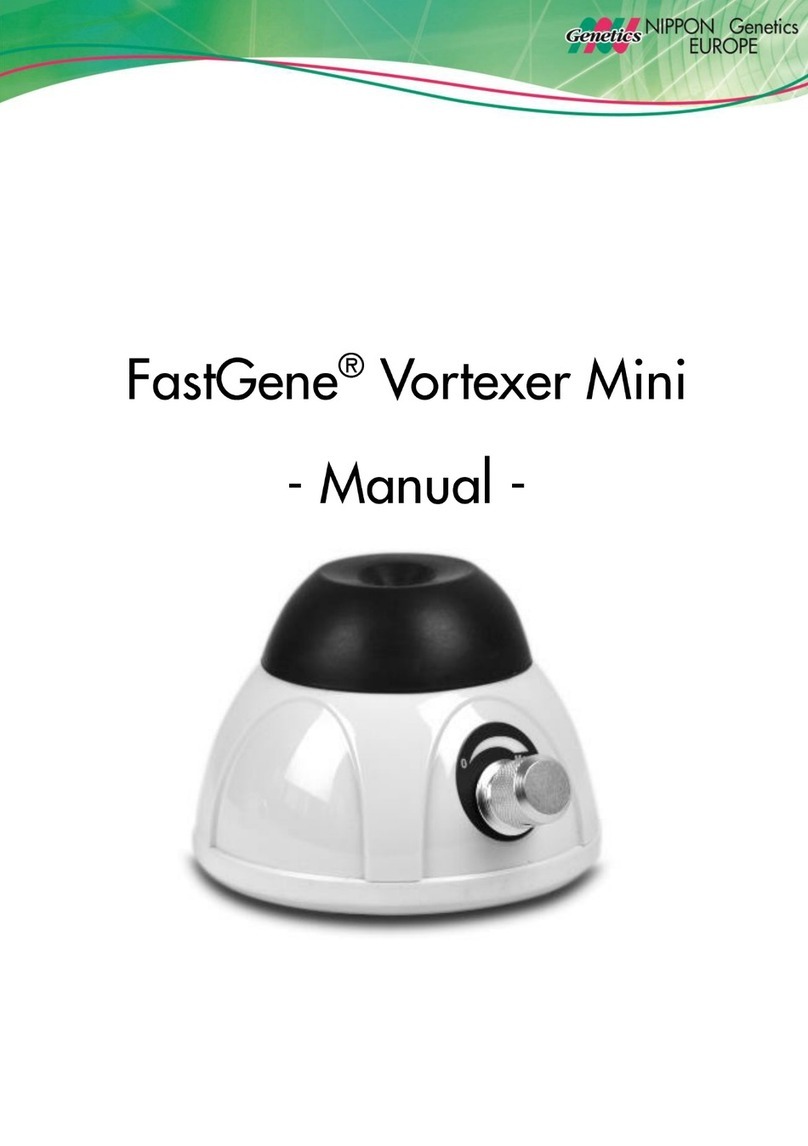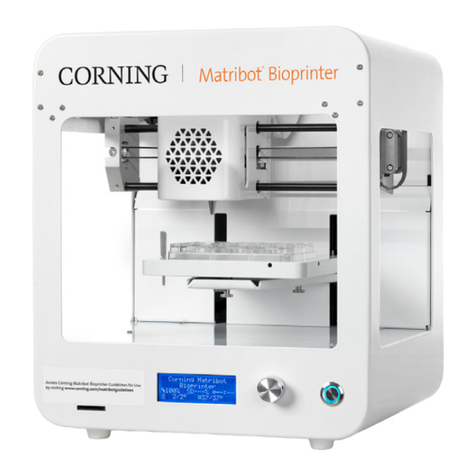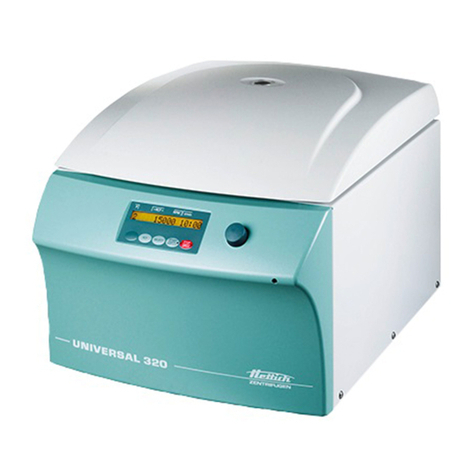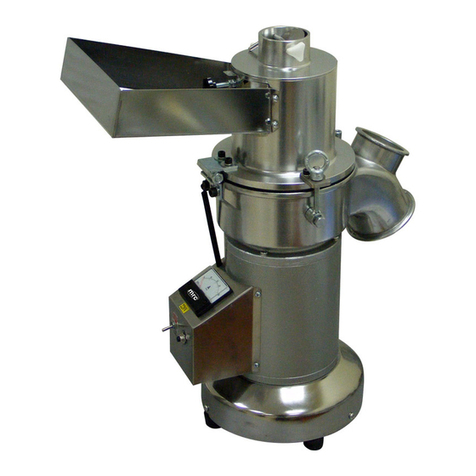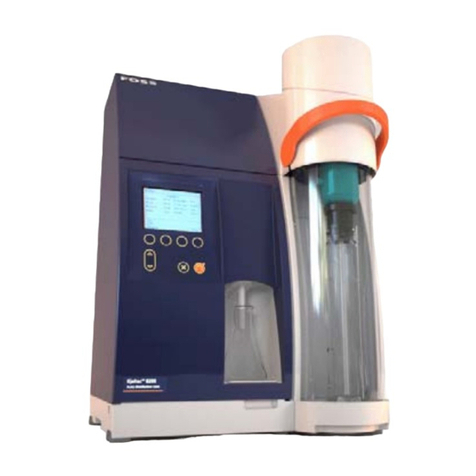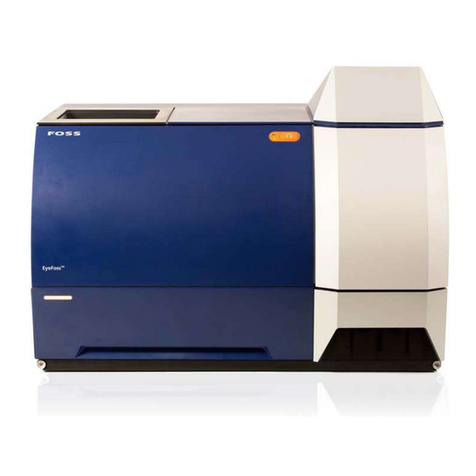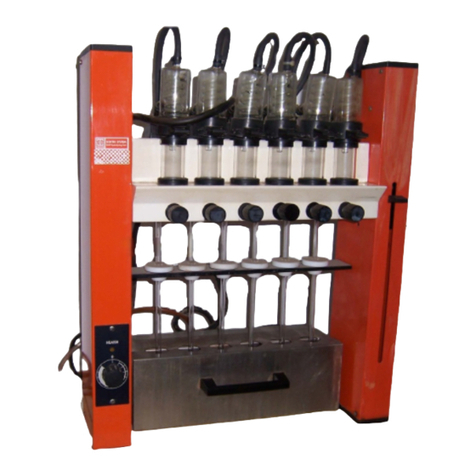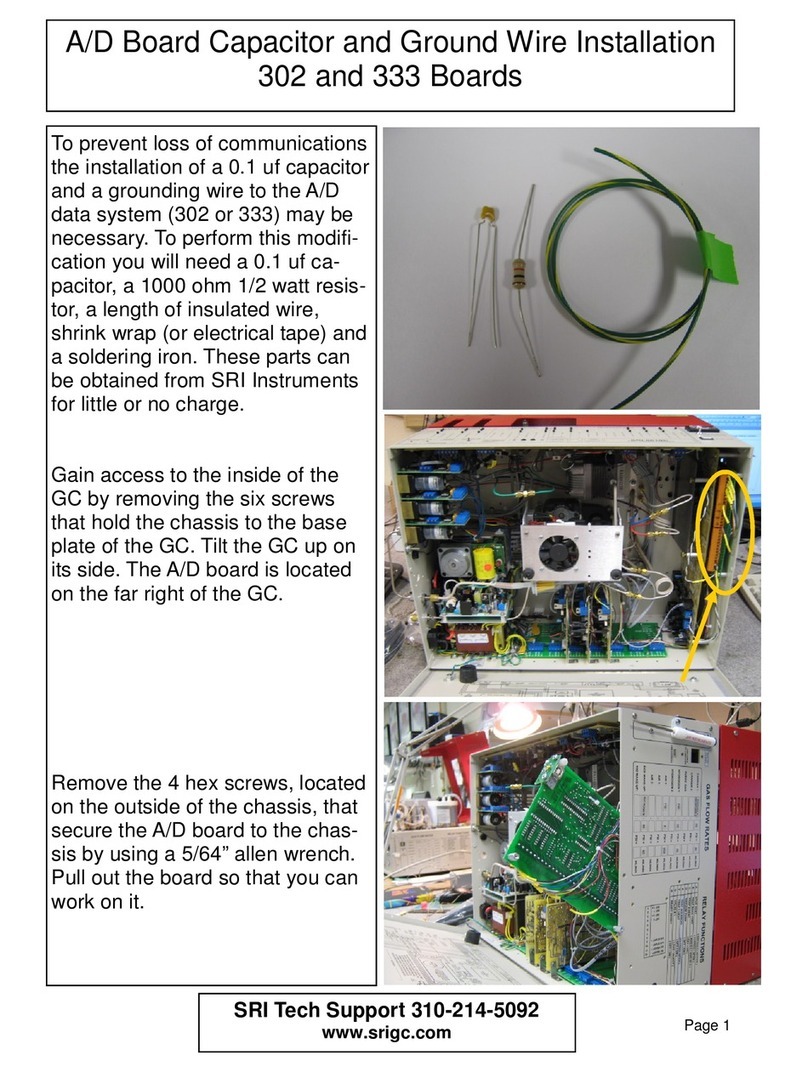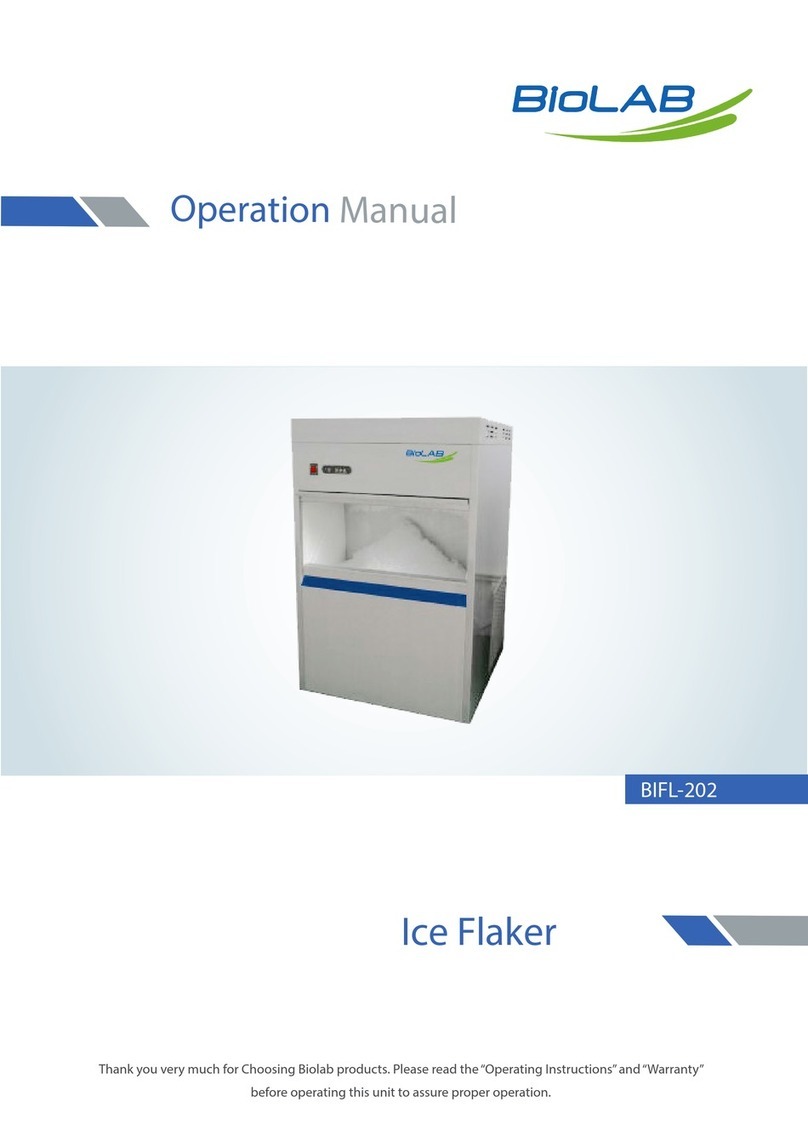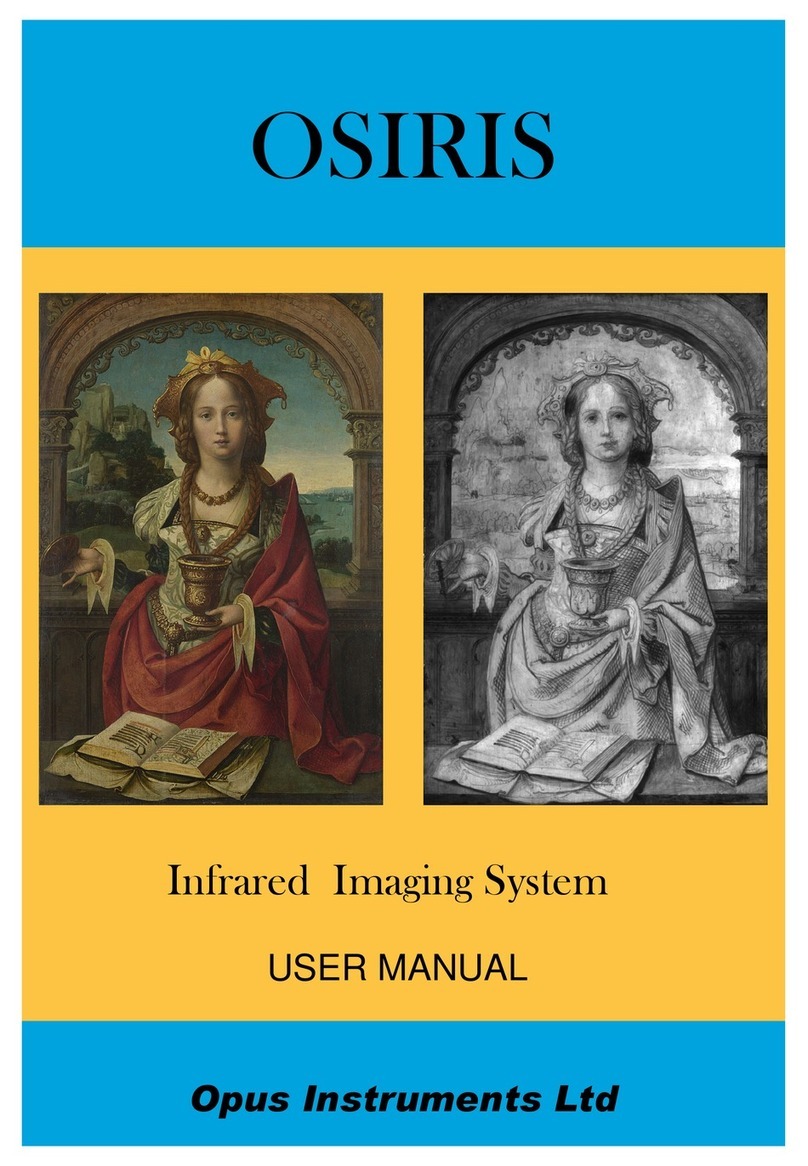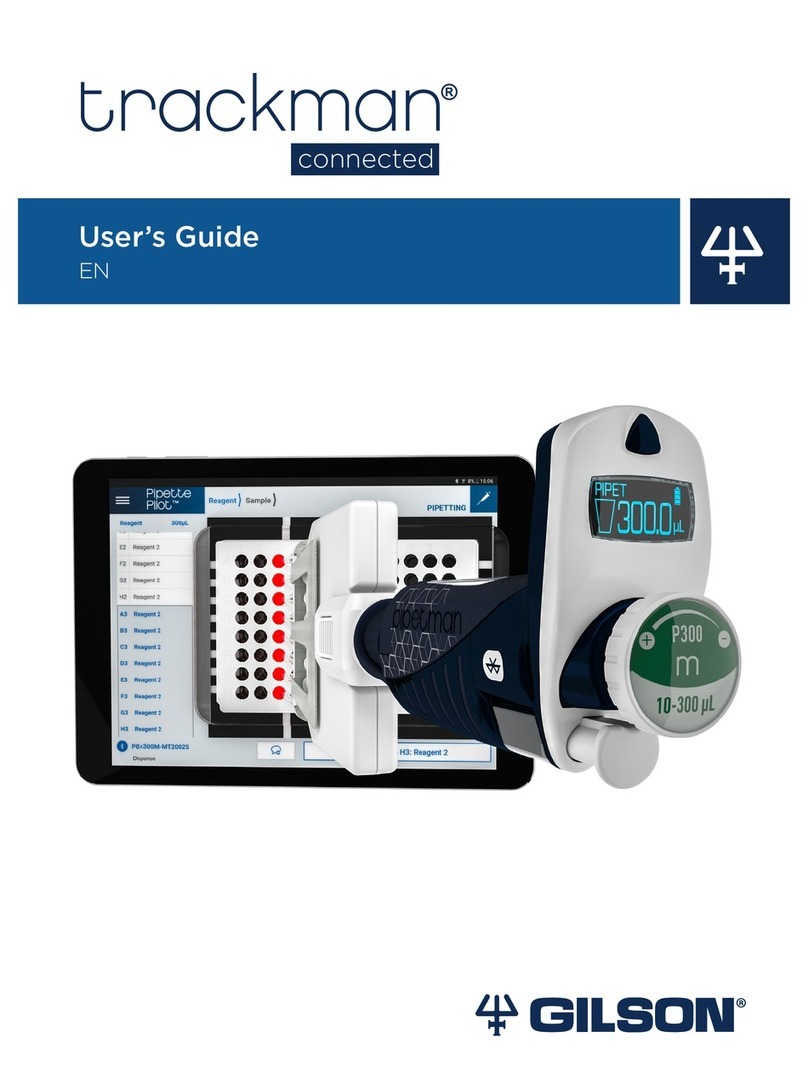However, there is no guarantee that interference will not occur in a particular
installation. If this equipment does cause harmful interference to radio or television
reception, which can be determined by turning the equipment off and on, the user is
encouraged to try to correct the interference by one or more of the following
measures:
•Reorient or relocate the receiving antenna.
•Increase the separation between the equipment and receiver.
•Connect the equipment into an outlet on a circuit different from that to which
the receiver is connected.
•Consult the dealer or an experienced radio/TV technician for help.
Warranty conditions are either specified on the order confirmation of the purchase
order together with the invoice, or in the contract with the FOSS representative and
only apply if:
•the Customer/User has followed all written instructions and documentation
from FOSS regarding the product
•the product has been installed, maintained, adjusted and calibrated according
to all descriptions and recommendations in the documentation
•the product has not been used for purposes other than those reasonably
contemplated by FOSS
•the product has not been altered or repaired with non-original FOSS parts or
by personnel not authorised by FOSS
•only original FOSS consumables and accessories or equivalents recommended
by FOSS have been used
•the product has not in any other way been handled contrary to ordinary
practice
•only software authorised by FOSS has been installed on any product PC
•any external PC complies with the recommendations of the FOSS
representative
•computer games have not been played on the PC, including any games
preinstalled together with the operating system.
•the instrument has been properly maintained, as recommended by FOSS
Your instrument may contain parts which, due to wear during use, are expected to
have a shorter lifetime than the instrument in general. These parts are listed in the
User Manual and/or in the FOSS product software and in the Owner's Guide.
Liability for worn parts subject to wear is limited to cases with extraordinary wear
due to defective material or production errors.
Copyright (c) 2001, 2002 Swedish Institute of Computer Science. All rights
reserved.
Redistribution and use in source and binary forms, with or without modification,
are permitted provided that the following conditions are met:
•Redistributions of source code must retain the above copyright notice, this list
of conditions and the following disclaimer.













